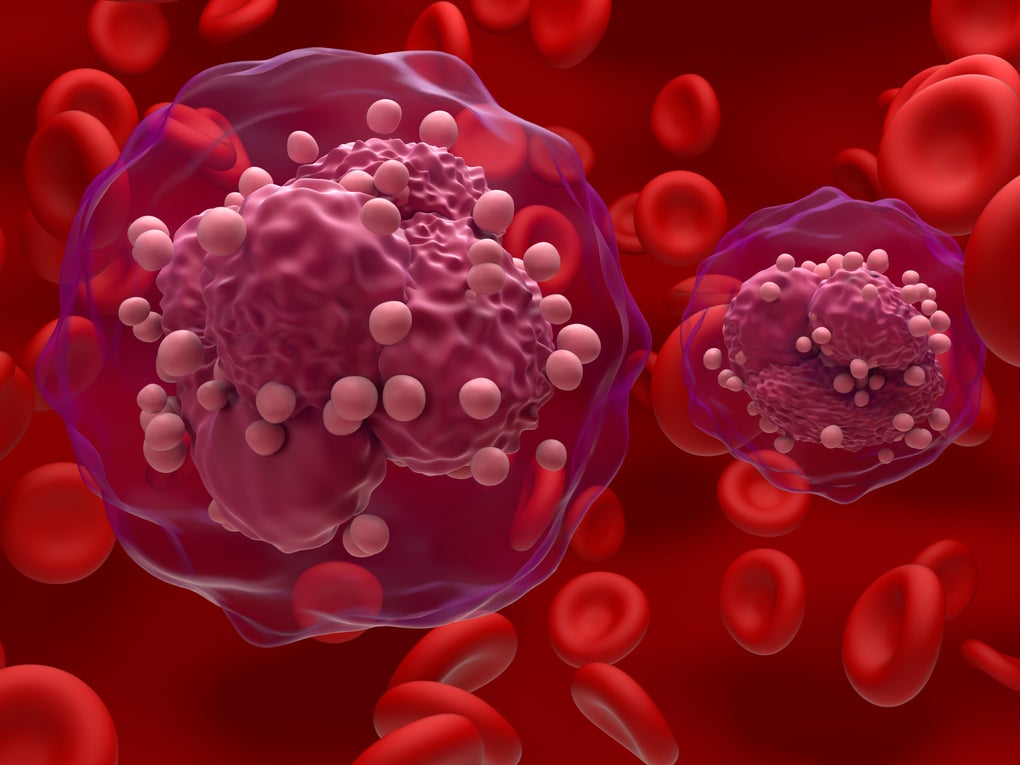
Acute lymphoblastic leukaemia (ALL)
Understanding acute lymphoblastic leukaemia
Acute lymphoblastic leukaemia (ALL) is a type of cancer that affects the blood and bone marrow. It forms from immature lymphocytes, a type of white blood cell, and is characterised by the overproduction of these abnormal cells. This overproduction leads to the suppression of normal blood cell formation, causing a range of health issues. ALL progresses rapidly and requires immediate treatment. While it can occur at any age, it is most commonly diagnosed in children, particularly those under the age of five years old.
ALL is classified into types based on the lymphocyte involved: B-cell ALL and T-cell ALL. B-cell ALL is the most common, especially in children, while T-cell ALL typically affects teenagers and young adults.
Common symptoms can vary but typically include fatigue, bruising, frequent infections, swollen lymph nodes and weight loss.
Learn more: acute myeloid leukaemia
Acute lymphoblastic leukaemia statistics in the UK
Approximately 800 people are diagnosed with ALL annually in the UK. Although this number is relatively small compared to other types of cancer, ALL is the most common type of leukaemia in children, making it a big concern. The occurrence of ALL in the UK is about 1.1 per 100,000 people per year.
Survival rates for ALL differ between children and adults. Children generally have a better prognosis, with a three-year survival rate of around 90%. In contrast, the five-year survival rate for adults ranges from 40% to 50%.
Treatment options for acute lymphoblastic leukaemia
Treatment for ALL typically involves several phases: induction, consolidation, and maintenance.
• Induction therapy: the goal is to achieve remission by eradicating as many leukaemia cells as possible. this phase usually lasts for about a month and involves intensive chemotherapy.
• Consolidation therapy: once remission is achieved, this phase aims to destroy any remaining leukaemia cells to prevent relapse. It involves a series of chemotherapy treatments over several months.
• Maintenance therapy: this phase involves lower doses of chemotherapy drugs to keep the leukaemia at bay and prevent relapse. It can vary from several months to years.
Other treatments include targeted therapy, which uses drugs to specifically target cancer cells without affecting normal cells. Immunotherapy and radiation therapy are also used in certain cases. For patients with high-risk ALL or those who relapse, a stem cell transplant might be recommended.
Learn more: Treatments for blood cancer and blood disorder
References
Acute lymphoblastic leukaemia (ALL) | Cancer Research UK. Last reviewed September 2024.
Acute lymphoblastic leukaemia | NHS. Last reviewed September 2024.
Acute lymphoblastic leukaemia (ALL) | Macmillan Cancer Support. Last reviewed September 2024.